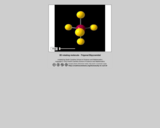
Part of NCSSM CORE collection: This animation shows the rotation of a trigonal Trigonal Bipyramidal Molecule like PCl5.
- Subject:
- Agriculture & Natural Science
- Biology
- Date Added:
- 03/19/2015
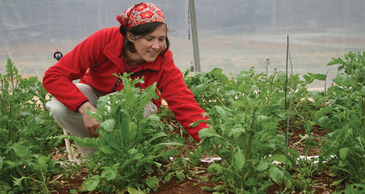

Part of NCSSM CORE collection: This animation shows the rotation of a trigonal Trigonal Bipyramidal Molecule like PCl5.

Animation of a Trigonal Planar 3D Rotating Molecule, used in VSEPR Theory and other chemistry applications.

Part of NCSSM CORE collection: This animation shows the rotation of the trigonal planar molecule C2H4

Animation of a Trigonal Pyramidal 3D Rotating Molecule, used in VSEPR Theory and other chemistry applications.

Part of NCSSM CORE collection: This animation shows the rotation of the trigonal pyramidal molecule NH3
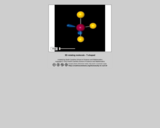
Part of NCSSM CORE collection: This animation shows the rotation of a T-shaped molecule like BrF3.

This resource is a video used to support the V-Scope Explorer application.
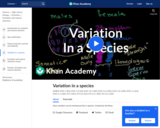
How variation can be introduced into a species.

Hank introduces us to one of the most diverse and important families in the tree of life - the vascular plants. These plants have found tremendous success and the their secret is also their defining trait: conductive tissues that can take food and water from one part of a plant to another part. Though it sounds simple, the ability to move nutrients and water from one part of an organism to another was a evolutionary breakthrough for vascular plants, allowing them to grow exponentially larger, store food for lean times, and develop features that allowed them to spread farther and faster. Plants dominated the earth long before animals even showed up, and even today hold the world records for the largest, most massive, and oldest organisms on the planet.
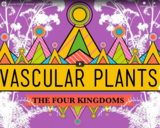
The video resource "Vascular Plants = Winning! - Crash Course Biology #37" is included in the "Biology" course from the resources series of "Crash Course". Crash Course is a educational video series from John and Hank Green.

360-degree animation of Venus of Willendorf figurine

This "Vesicle Budding and Fusing" learning object is the from the Sumanas resource series. Sumanas offers a robust selection of content and services that are directed at enhancing the learning experience.
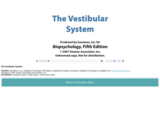
This "The Vestibular System" learning object is the from the Sumanas resource series. Sumanas offers a robust selection of content and services that are directed at enhancing the learning experience.

The resource, "Video Natural Step and Sustainability" included in "Lesson 4 Sustainability in Practice" is a part of "Unit 01 What is Sustainability" included in Energy & Sustainability ES - Course 1
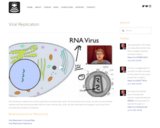
Paul Andersen explains how viruses reproduce using the lytic cycle. He also shows how viruses can pick up new genetic material and how retroviruses (like HIV) can enter into the lytic cycle. He also describes the lysogenic cycle and how it increases the virulence of bacteria.
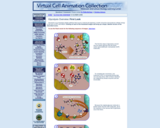
Glycolysis is a metabolic pathway that converts glucose, a six-carbon sugar, into two three-carbon molecules known as pyruvate. This animation walks through an overview of this process..
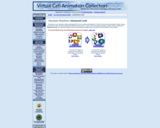
Glycolysis is a metabolic pathway that oxidizes glucose, a six-carbon sugar, into two three-carbon molecules known as pyruvate. This animation gives a detailed look at the 10 enzymatic reactions involved in the pathway.
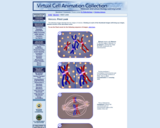
Meiosis is a type of cell division involved in sexual reproduction. It occurs in all plants and animals that reproduce by way of gametes or spores. This animation walks through the stages of meiosis, illustrating how a diploid germ line cell divides into four haploid gametes.
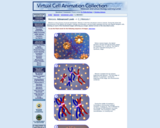
Meiosis is a type of cell division involved in sexual reproduction. It occurs in all plants and animals that reproduce by way of gametes or spores. This animation walks through the stages of meiosis, illustrating how a diploid germ line cell divides into four haploid gametes.

Mitosis is the process by which the chromosomes in the nucleus of a cell are divided into into two new nuclei. This animation illustrates how the stages of mitosis progress and eventually lead to the formation of two new cells